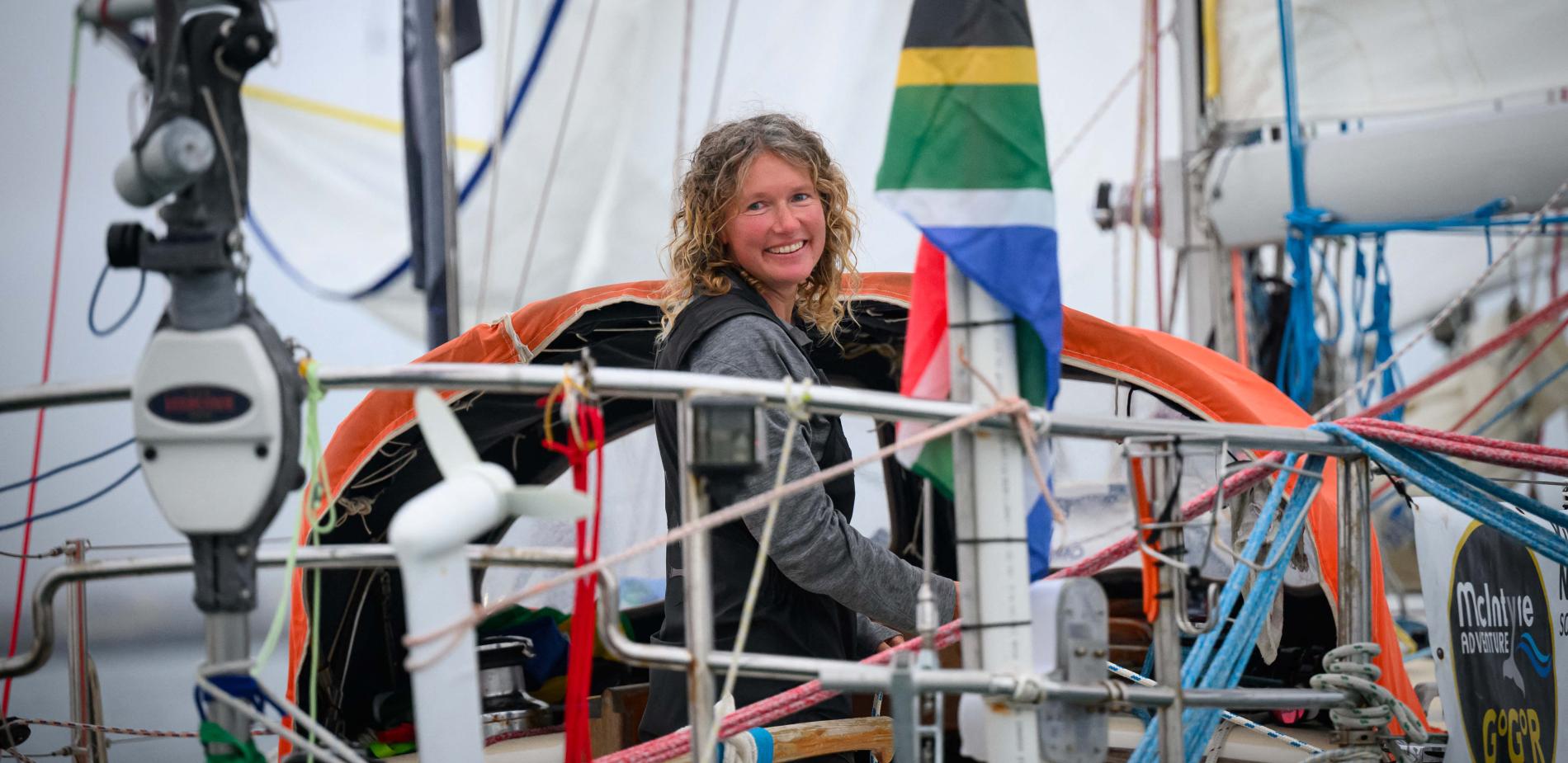
The long path to equality for women athletes
Is sport a level playing field for women? The answer is a resounding no. Sports science has paid them little heed to date, and they are not afforded the same recognition or profile as men.
Report by Lise Barneoud - Published on
Women and sport, a century-long fight
For the first time in history, equal numbers of men and women athletes will compete in the Paris 2024 Olympics. Incidentally, the logo of the event shows a woman’s face inside a gold medal. This unprecedented celebration of women athletes reflects a broader social movement: “Never have there been so many women athletes as today,” the historian Cécile Ottogalli says with delight. This trend can be explained by various factors: the success of public policies encouraging women’s sport, the inclusion of physical activity as part of the school curriculum or women paying increasing attention to their health. It has been a long and challenging road to reach this point: at the very first Parisian Olympics, in 1900, women only made up 2% of participating athletes! Back then, they were only allowed to take part in five sports: tennis, sailing, croquet, horse riding and golf. Indeed, the founder of the modern Olympic Games, Pierre de Coubertin, thought that women’s role was “above all to crown the victors”. It has taken almost 125 years for full gender parity to finally be achieved in terms of participation. And yet this figure hides persisting inequality regarding sports practice and financing, media coverage and representation of women among coaches and the managers of sports bodies. “The inferiority of women in sport remains a deep-rooted belief," maintains Cécile Ottogalli, who points out that, in some parts of the world, such as in Afghanistan, where the Taliban prohibits women from playing sport, resistance to sports pursuits among women is even growing: “Nothing can ever be taken for granted in this area”.
The first Women’s Games, a French initiative
In 1917, Alice Milliat (1884-1957), a talented athlete in a variety of sports (rowing, swimming and field hockey), was one of the founders of the French Federation of Women’s Sports Societies. In response to the International Olympic Committee’s refusal to include women’s athletics events, she organized the first Women’s World Games in 1922. These were held on four different occasions until 1934, bringing together more than 15 countries, 250 athletes and thousands of spectators. Their success ultimately paid off: in 1928, women were allowed to take part in some Olympics athletics events. They had to wait until 1984, however, to finally be able to compete in the marathon!
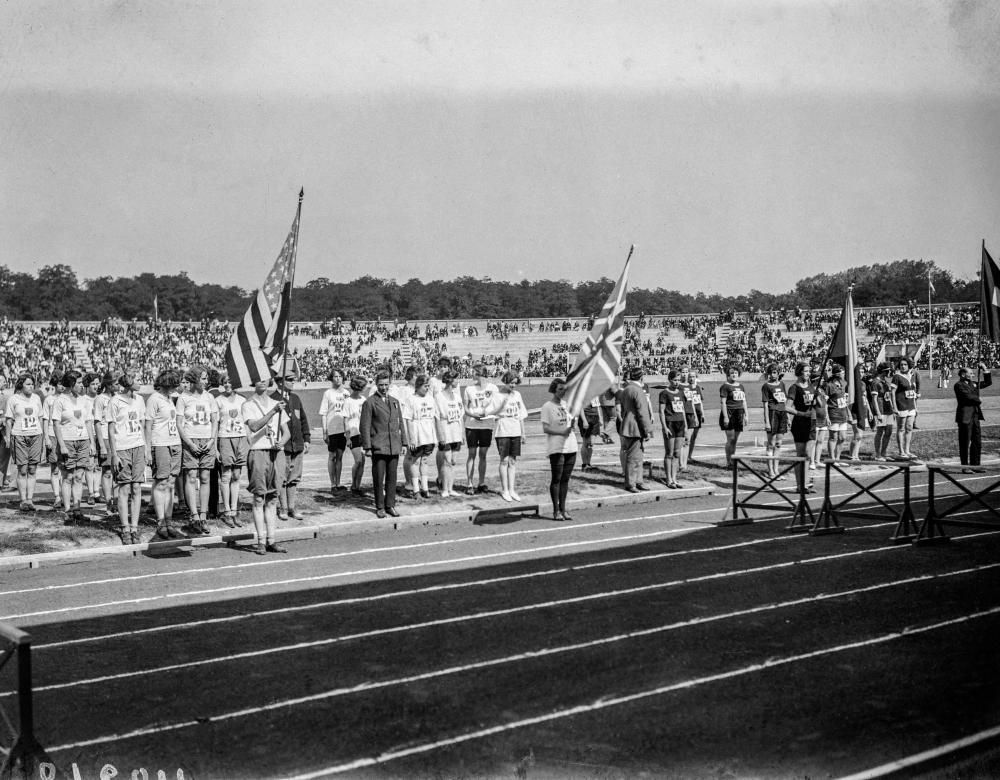
Women athletes, long overlooked by science
Women have systematically been under-represented in sports science: barely 9% of studies published between 2017 and 2021 focused exclusively on their gender, versus 71% for men. In other words, knowledge about physical performance and its applications in terms of training or nutrition is above all designed for men. To address this imbalance, today there are various research projects bearing on women athletes, who statistically win fewer medals than men on the global stage. The primary objective is to analyze the influence of hormonal variations on performance. “There is an optimal time window, often during the increase in hormones after a woman’s periods, when women athletes can cope with more intense training sessions. But this window is specific to each athlete,” explains Juliana Antero, who is heading up the Empow’Her project at France’s National Institute of Sport, Expertise, and Performance (Insep). The long-term aim is therefore to work out how best to organize training around the menstrual cycle. Other studies, conducted in the United States, have shown that, in young women athletes, a low body weight is counterproductive in endurance events – which is the opposite to what has been observed in men. Lastly, women athletes are more prone to certain injuries, such as anterior cruciate ligament (ACL) tears. This higher risk, due to the female anatomy and hormones which increase ACL laxity, can be limited through appropriate muscle strengthening.
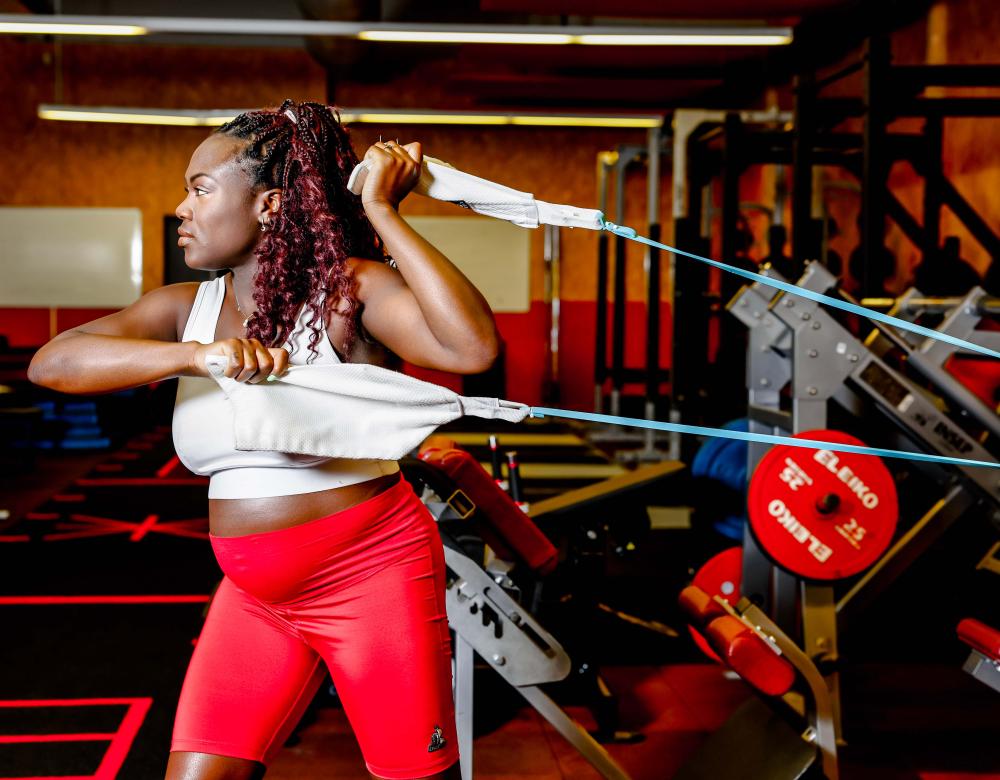
Sport and motherhood can be combined!
For more than 60% of women athletes, the idea of having a baby during their career just doesn’t seem compatible. And yet, with the right support, it is quite possible to return to the top of their game after giving birth. Better still, pregnancy is believed to have beneficial physiological effects. For instance, plasma volume increases from the fifth week of pregnancy, leading to a 10-to-30% increase in the maximum amount of oxygen used by the body (VO2 max). This benefit, which is very useful in endurance sports, can continue up to one year after giving birth! Other positive effects have been reported too, some in terms of mental health, including a more relaxed frame of mind and perseverance.
Is it really true that women can’t match men’s performances?
Ever since women began participating in international competitions too, the gender gap in terms of performance has got smaller, but progress in this regard has stalled since the 1980s. In the quantifiable disciplines, such as athletics or swimming, women’s records are 10% lower on average than men’s records. And the more strength a discipline requires, especially in the upper body, the bigger the gap becomes. For men statistically have a larger muscle mass than women because they produce more testosterone, a hormone which stimulates muscle fiber hypertrophy. Men are also at a biological advantage when it comes to endurance. This is because their red blood cell count is higher than in women, and their heart is typically larger, pumping more oxygen to their muscles. That said, "the longer the effort, the smaller the difference gets,” according to the physiologist Guillaume Millet. Women’s muscles are more resistant to fatigue thanks to a higher percentage of so-called “slow-twitch” fibers, suitable to longer exertion. What’s more, they draw comparatively more of their energy from lipid substrates: "an advantage for ultra-endurance events, as this means that the body’s protein and carbohydrate reserves last longer,” he adds. In recent years, women have emerged victorious in an array of mixed ultra-endurance events, including the American Courtney Dauwalter, who has won 100 km-plus trails, and the German Fiona Kolbinger, who has won a 4,000 km cycle race.
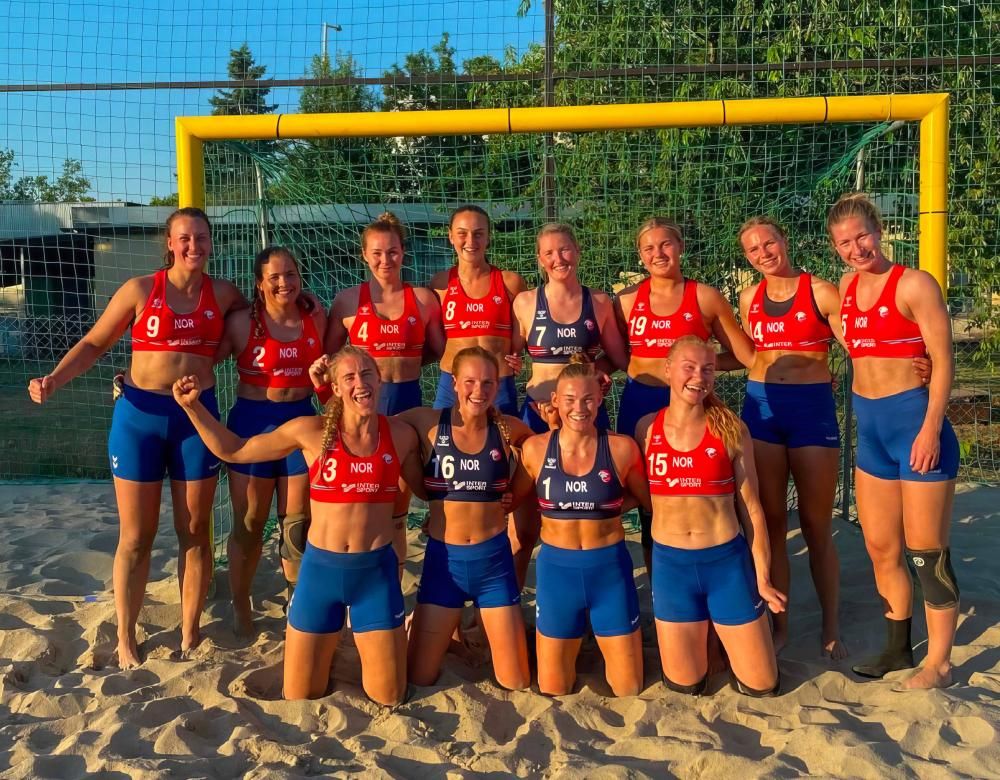
Towards gender-neutral outfits
In 2021, the Norwegian women’s beach handball team were fined €1,500 ($1,700) for wearing shorts during a European championship match (photo). The rules required the female players to wear bikini bottoms – but were changed a few months later. And yet, a century earlier, women were expected to dress the opposite: in outfits that covered up their body! In 1907, the Australian swimmer Annette Kellerman was arrested for "indecency" while training in a one-piece bathing suit on a Boston beach. The shift towards ever skimpier outfits began in the 1960s, as sport gained increasing media traction. But the pressure on women athletes to look sexy is now drawing criticism.
Towards gender-neutral venues
In France, fewer than 2% of sports venues are named after women. And yet equality in terms of public recognition is just as important. The "Terre de Jeux 2024" label was created to encourage commitment to more inclusive sports initiatives, and has been awarded to 70 local authorities having pledged to rename their sports complexes after prominent female figures. But more must be done, by designing these sports facilities from the outset for use by women: city-stadiums catering to a wider range of sports, with better lighting and promoted among girls. There is still a long way to go: "75% of council budgets allocated to leisure and sport are spent for the benefit of boys,” says Yves Raibaud, a geographer specializing in gender.

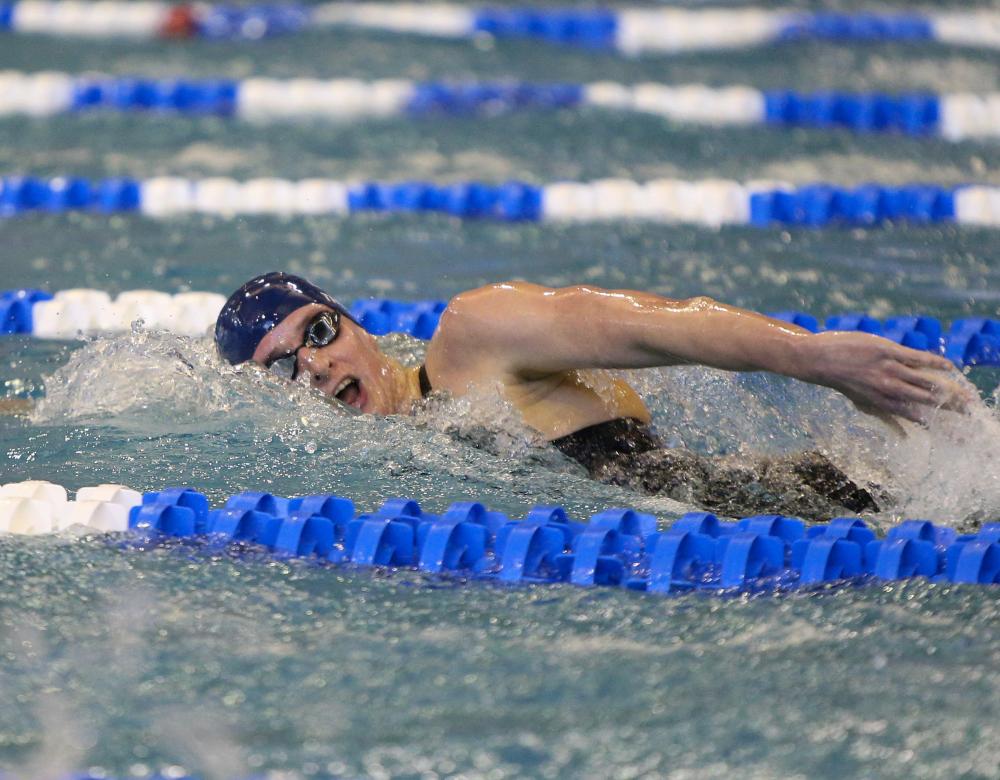
Transgender athletes banned from the Olympics
Lia Thomas was assigned male at birth. In 2019, she began transitioning, undergoing hormone replacement therapy to reduce her testosterone production, and entered the women’s swimming category, in which she soon began winning competitions. Does her biologically male constitution put other female swimmers at an unfair disadvantage? The subject has become so controversial that, in 2022, World Aquatics adopted new rules: transgender women who transition after puberty are barred from competing, as they are believed to have an “unfair advantage”. This means that Lia Thomas will not be able to participate in the Paris Olympics. Other federations have enacted similar decisions, in athletics, cycling… and even chess.
Too masculine to compete?
No sooner were women allowed to participate in competitive sport, than the question of their femininity came to the fore. First of all as regards their clothing, with the ban on dressing like a man. Then in terms of their appearance, amid fears of “virilization” in women. And finally debates raged on the identification of “real women”. Under the pretext of equal opportunities, the Olympic organizing bodies enforced gender testing in 1936, which were initially gynecological, then chromosome-based and finally genetic. The outcome? Cases of fraud (where men are disguised as women) are extremely rare. However, more than a dozen athletes, born with atypical sexual traits (genital or chromosomal), have found themselves excluded. Whilst such variations in sex characteristics concern only a small percentage of the general population, they are encountered a little more often on the sporting scene: among elite athletes, around 7 in every 1,000 women are believed to be concerned. In 1988, researchers found that, in some cases, these biological differences did not even result in a physical advantage. This led to a change in policy in 2000: the new rules call for testosterone level testing in disciplines where this hormone is considered to aid performance. No consensus has been reached, however, on the level beyond which women athletes should be barred from competing: over time, and depending on the federation, this varies between 10.5 and 2.5 nmol/L of blood. But this begs the question: why focus solely on testosterone in women when other natural variations (body size, red blood cell count, quality of muscle fiber, etc.) put athletes – men and women alike – at a clear physical advantage?
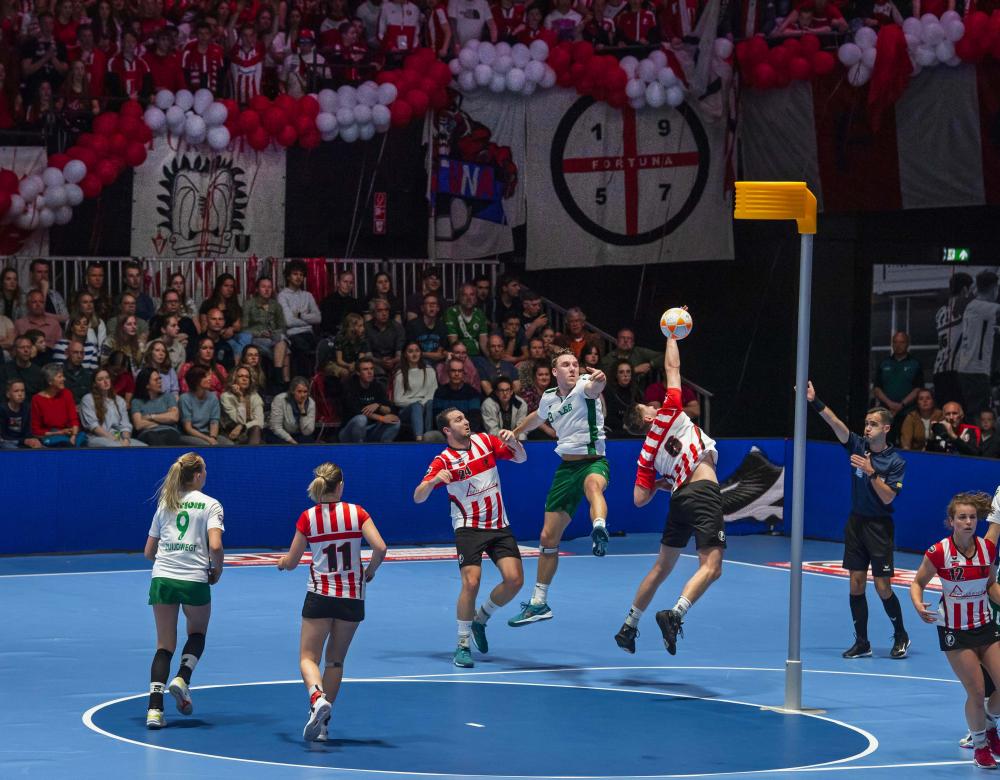
Towards mixed sports events?
There are 20 mixed team events on the Paris Olympics program, compared with just 9 in Rio in 2016: a record! This trend towards more mixed-gender competitions has also given rise to new sports, such as korfball, ultimate and touch rugby. But gender diversity in this respect does not equal equality, as highlighted by various sociology studies. “These gender-diverse events must be carefully organized to avoid women being assigned limited, stereotypical roles,” warns the historian Cécile Ottogalli. This means making sure that men don’t monopolize the ball, thereby relegating their female teammates to mere walk-on parts. Among the factors that the researchers have identified to ensure effective mixed teams are: inclusive rules, balanced refereeing and a rota regarding the roles occupied by the participants.
A fight which is far from over
As a means for physical, social and mental empowerment that helps to develop self-confidence and esteem, sport is a powerful driver in promoting gender equality and the empowerment of women. Over the past century, women have gained access to all disciplines and levels of competition. But the world of sport, much like the workplace in general, is still marred by inequality in terms of treatment and recognition. Pay for professional athletes, sponsors, media coverage: the inequalities are glaring. They also concern facilities, coaching, playing fields and fixture times. And that’s without mentioning cases of sexual violence and harassment: according to the report of the Commission of inquiry on the French federations, published in January 2024, athletes’ exposure rate to sexual violence is twice the national average, and 73% of victims are women. To go the extra mile, a sporting feminism needs to emerge in the view of sociologist Béatrice Barbusse, the first woman to have chaired a professional men’s club in France (US Ivry handball). For now, feminist figures remain few and far between among women athletes. In 2022, after a long media and legal battle, the US soccer player Megan Rapinoe (who won the Ballon d’Or in 2019) finally achieved equal pay between the women’s and men’s teams under the US Soccer Federation. In the women’s marathon for equality, there is still a long way to go to the finishing line.